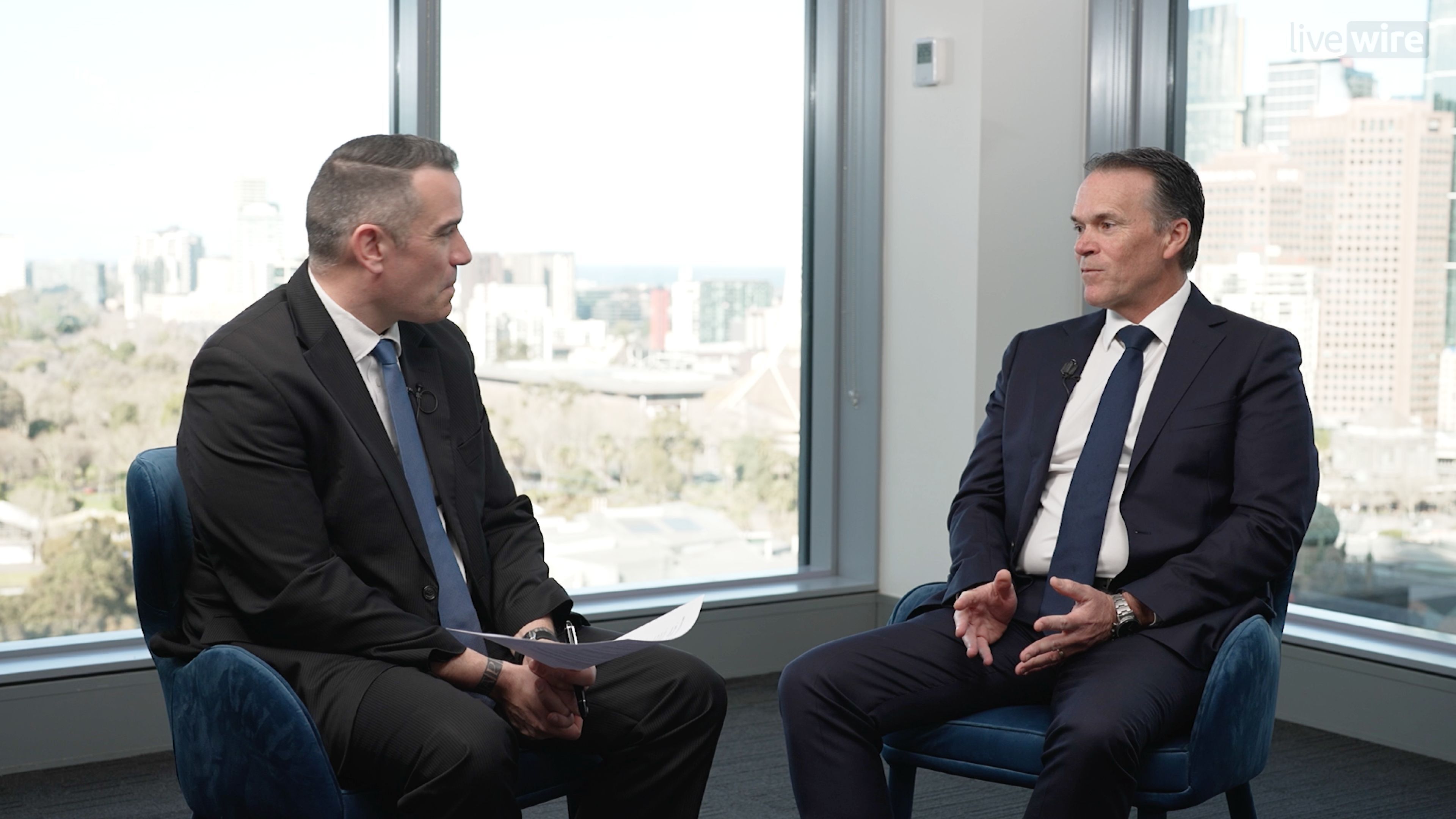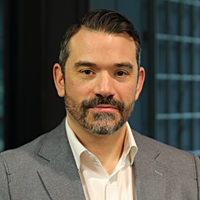Where this market-beating income team is hunting now
In a world of moderating inflation, slowing growth and increasing global uncertainty, fixed income is offering something investors crave: yield with resilience.
Roy Keenan, Co-head of Australian Fixed Income at Yarra Capital Management, believes this is a golden moment for credit investors who know where to look.
“Over the last two to three years, we’ve been generating really strong returns in our credit funds without taking a lot of risk. We’re running the highest credit quality we’ve had,” Keenan says.
That’s the backdrop to a standout year for Yarra, with three of its fixed income funds - Yarra Higher Income Fund, Yarra Australian Bond Fund, and Yarra Enhanced Income Fund - occupying three of the top six spots in the Livewire top-performing Australian Income funds database for FY25.
In the interview above, Keenan offers an insider’s view on what drove those results. He explores how team dynamics and rigorous internal debate help Yarra stay agile in volatile conditions, why tightening credit spreads and rising foreign demand for Australian bonds are shaping market behaviour, and how Yarra's strategy is adapting to structural changes in the Tier 2 and subordinated debt space.
He also unpacks the impact of Trump’s tariff policies, outlines the firm’s views on RBA rate cuts, and explains why the “Goldilocks” economy in Australia continues to favour credit.

INTERVIEW SUMMARY
Why the team matters
Yarra’s performance is no accident. Keenan attributes much of the success to a team culture built on open dialogue, mutual respect and shared accountability.
“We have a daily meeting and we talk about all the issues. It’s an open agenda... our whole team contributes to that,” he explains.
Keenan also credits their cross-asset collaboration and insights from macro strategist Tim Toohey and the equity team, which help inform their credit decisions.
Volatility and the Trump factor
Keenan, who previously warned that markets were underestimating Trump, admits even he was surprised by how much volatility the President has caused.
“I underestimated how much volatility he caused in the marketplace and how aggressive he was on the tariffs,” Keenan says.
“How he is going to fund his budgets, the amount of supply bonds that are going to come, time will tell.”
He’s expecting a step-up in inflation due to tariffs and slower growth, which could prompt repricing in risk markets. But for now, he says, “the data will tell us in the end.”
Opportunities in the repricing
One of the biggest performance drivers for Yarra's Enhanced Income Fund was its ability to act decisively when spreads blew out in April.
“What we saw in April was credit spreads and equity markets sell off, and credit spreads widened. That was a big opportunity for our funds,” Keenan says.
“We were able to deploy some cash, take gains from our interest rate strategies, and capture that rally in credit spreads.”
Importantly, he clarifies that their approach is disciplined.
“You’re only investing if you like the credit. If there’s no change in the credit and it’s just a repricing of risk, then it’s an opportunity.
If you’ve got liquidity, you can get paid handsomely for providing it.”
Yield, duration and RBA decisions
Keenan views the RBA’s recent decision not to cut rates in July as consistent, not surprising.
“They’ve been consistent. They’ve waited for the data. They just want validation,” he says. “The CPI data last week should guarantee the August rate cut.”
While rate cuts may reduce some floating-rate income, Yarra has positioned its portfolios accordingly.
"Whilst we lose a bit of income from floating rate side in our funds, we've got a bit more fixed rate exposure into the fund than we would normally have, and the market's already pricing it in", adds Keenan.
The Enhanced Income Fund is yielding between 5.9% and 6%, with spreads still supportive and foreign demand for Australian credit continuing to grow.
The rise of corporate subordinated debt
Two structural trends are shaping how Yarra is deploying capital: the availability of Tier 2 deals (Tier 2 is where Keenan typically likes to invest) and corporate subordinated debt.
“Westpac came with a Tier 2 deal. We purchased that deal because spreads were elevated. It’s performed really well,” Keenan says.
Meanwhile, corporate sub debt is becoming a much bigger part of the portfolio.
“Twelve months ago, we were probably sitting at 8–9% in corporate sub debt. Today, it’s about 18%,” he says.
“We’ve been talking at Yarra for a couple of years now that this is the time for corporate sub debt to take over.”
As Keenan puts it, “If you’re comfortable with a senior and you’re getting paid one and a half to two times over the senior credit spread for a credit you’re really comfortable with, investing down the capital structure makes a lot of sense.”
Why conditions still favour credit
Despite the macro uncertainty, Keenan believes the local economy is still in a “Goldilocks” state.
“When we look at our forecast for growth in Australia, we’re still running at around 2% for 2025–26.
That’s Goldilocks conditions for credit,” he says.
“Corporate balance sheets, especially investment-grade companies, are in really good shape.”
Even while increasing exposure to subordinated debt, Yarra is maintaining high-quality portfolios. “We’re generating strong returns without taking a lot of risk,” he says. “It’s not the time to be investing in high yield.”
Access to regular, stable income
The Yarra Enhanced Income Fund invests in high-yielding credit and hybrid securities to deliver superior returns compared to traditional cash management and fixed income investments. Learn more via the Fund profile below, or by visiting Yarra Capital's website.

5 topics
3 funds mentioned
2 contributors mentioned


